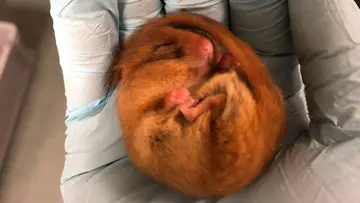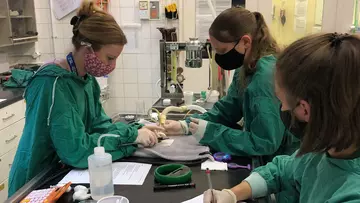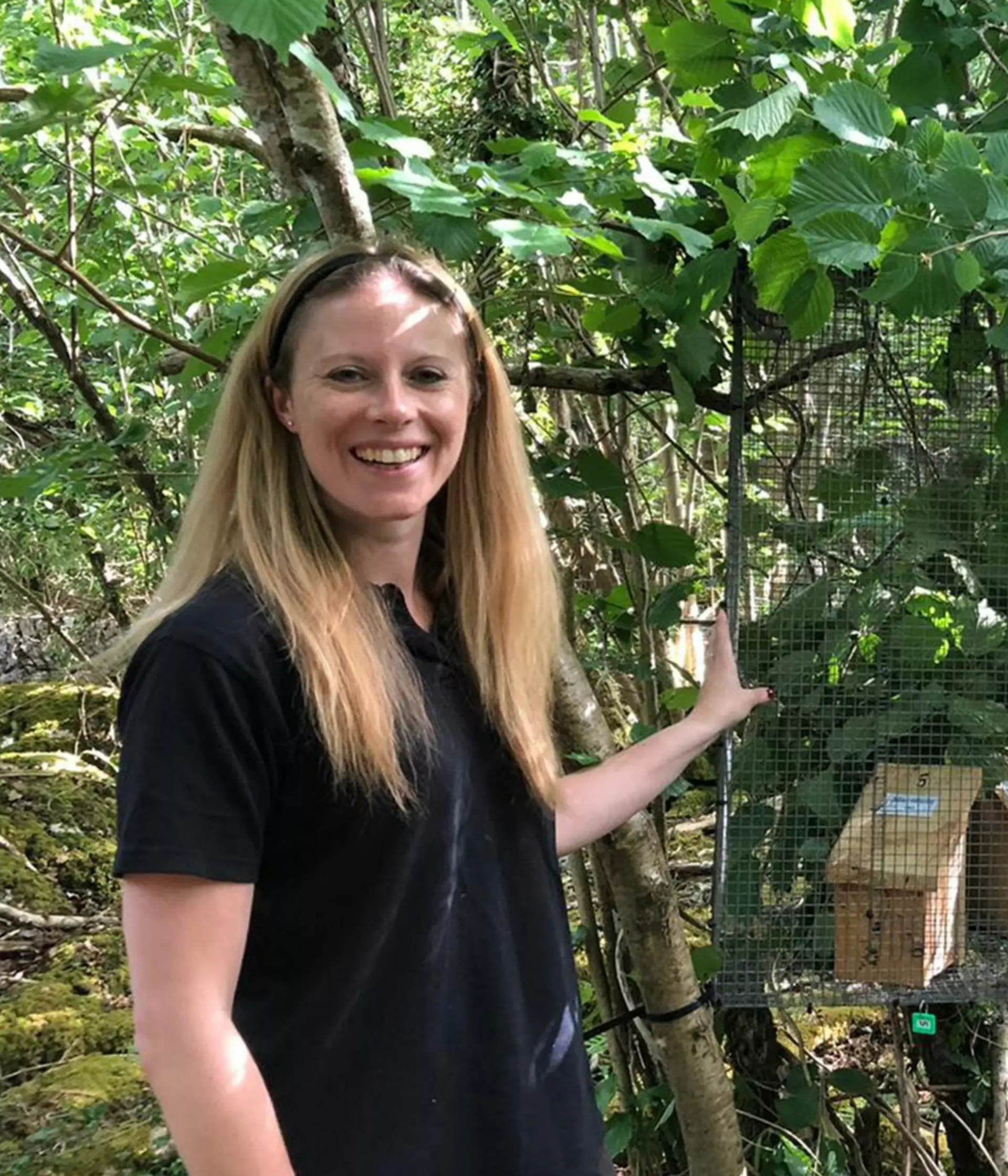
ZSL
Zoological Society of London
A longstanding hazel dormouse conservation and reintroduction programme has now introduced 1,000 hazel dormice to UK woodlands.
On the 15th June 2021, following the drive from London to Lancashire, 30 hazel dormice (Muscardinus avellanarius) were released into a woodland in the Arnside and Silverdale Area of Outstanding Natural Beauty as part of Natural England’s (NE) Species Recovery Programme (SRP).
It was a milestone in the collaborative initiative, as it brought the total number of UK dormouse reintroductions to 1,000.
Why are hazel dormice endangered?
Hazel dormice have become extinct from 17 English counties since the end of the 19th century, with populations thought to have fallen by a third since 2000 – a rate of decline equivalent to 55% over 25 years.
Loss of woodland and hedgerow habitat, as well as changes to more traditional countryside management practices, are all potential factors which have contributed to this decline.
To mitigate this, dormouse reintroductions have taken place annually since 1993.
Hazel dormice recovery programme
The dormice reintroduced this June are part of a wider species recovery programme, ‘Back On Our Map’ (BOOM).
Led by the University of Cumbria and Morecambe Bay Partnership, and supported by The National Lottery Heritage Fund, BOOM aims to reinstate 10 locally threatened or extinct native species back into the area, including hazel dormice.
The Zoological Society of London (ZSL) has been a part of the hazel dormouse SRP since 1999, working in collaboration with:
- People’s Trust for Endangered Species (PTES)
- the Common Dormouse Captive Breeders Group (CDCBG)
- Wildwood Trust (a key member of the CDCBG)
- Paignton Zoo
- and Natural England.

This year, Disease Risk Analysis and Health Surveillance (DRAHS) pathology and field technician Georgina Gerard supervised the care of the 30 captive-bred dormice intended for release during a 10-week quarantine period at ZSL.
During this time, DRAHS wildlife veterinarian Dr Tammy Shadbolt oversaw the veterinary health examinations and microbiology screening for all the dormice to ensure that were fit for release.
Once in their new home in Lancashire the dormice were released into large soft-release cages (pictured, top) and will receive supplementary food for 10 days whilst they adapt to their surroundings.
After this time the doors will be open and the dormice will be free to explore the woodland. It is very much hoped that they will breed during the summer months.

Ongoing dormouse conservation
The dormouse population will continue to be monitored by a group of conservation volunteers as part of the National Dormouse Monitoring Programme (NDMP). The DRAHS team at ZSL will also remain on hand to help monitor for any potential disease threats in the free-living population.
It is through these joint efforts of conservation organisations that there is significant hope the hazel dormouse will once again become a common sight in English woodlands.
Climate change and human activity have pushed our precious planet to its limit, causing the devastating loss of so many habitats and species. From lab to field, hands on and behind the scenes, we’re leading the future of conservation, shaping agendas and influencing change to support better life, health and living for people and wildlife.
